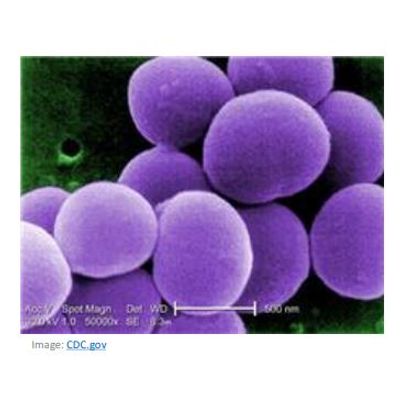


Model Staphylococcus Aureus ALS-4 - Antibiotic-Resistant
Staphylococcus aureus are gram-positive bacteria and the leading cause of skin and soft tissue infections, but can cause serious infections such as pneumonia, bacteraemia, and bone infections. Vancomycin is the most frequently prescribed treatment for methicillin-resistant Staphylococcus aureus (MRSA); however, vancomycin has been >60 years in use and has been shown to have slow bactericidal activity, poor anti-staphylococcal activity, poor tissue penetration, high rates of infection relapse, and can cause resistance (vancomycin-intermediate (VISA) and vancomycin-resistant (VRSA)). MRSA (pneumonia) mortality rate is between 30% - 55.5%, MRSA (skin and soft tissue) recurrence rate is approximately 70%, New efficacious and safe therapeutics are urgently needed
- Developing non-antibiotics (non-bactericidal and non-bacteriostatic).
- Targeting virulence factors to disarm bacteria and thereby reducing pathogenicity.
- Potentially less selective pressure and much less likely for bacteria to develop resistance
